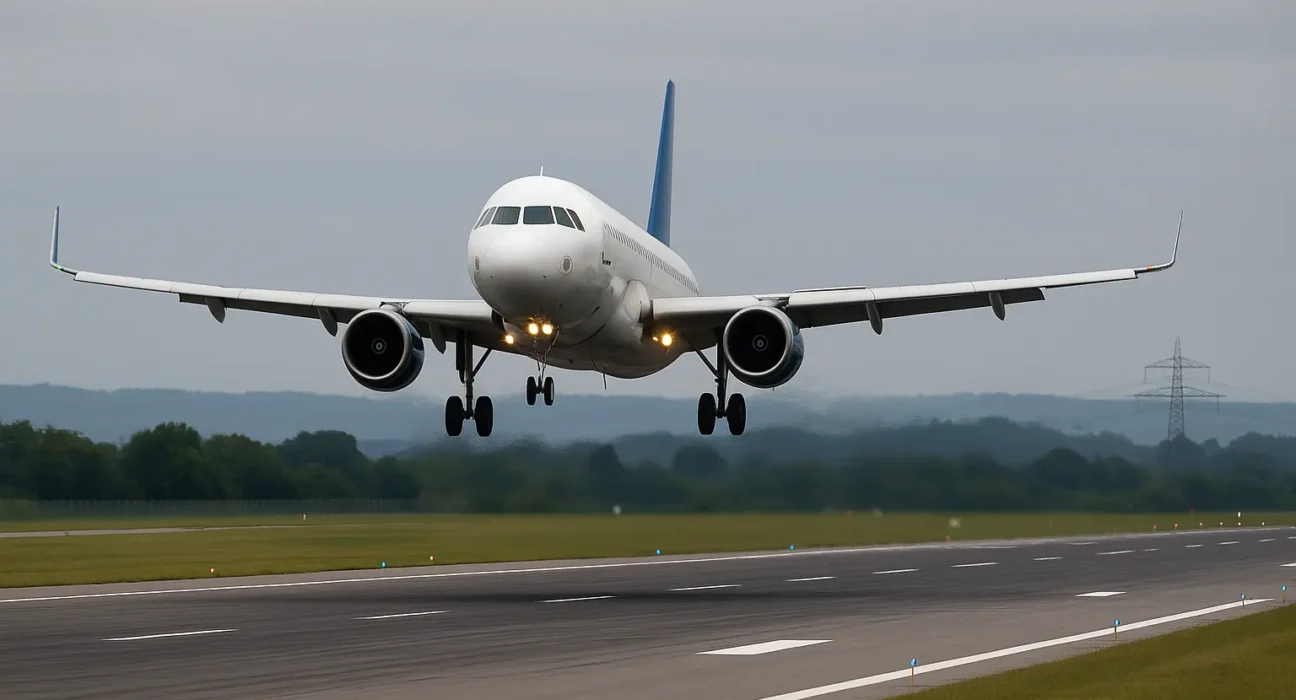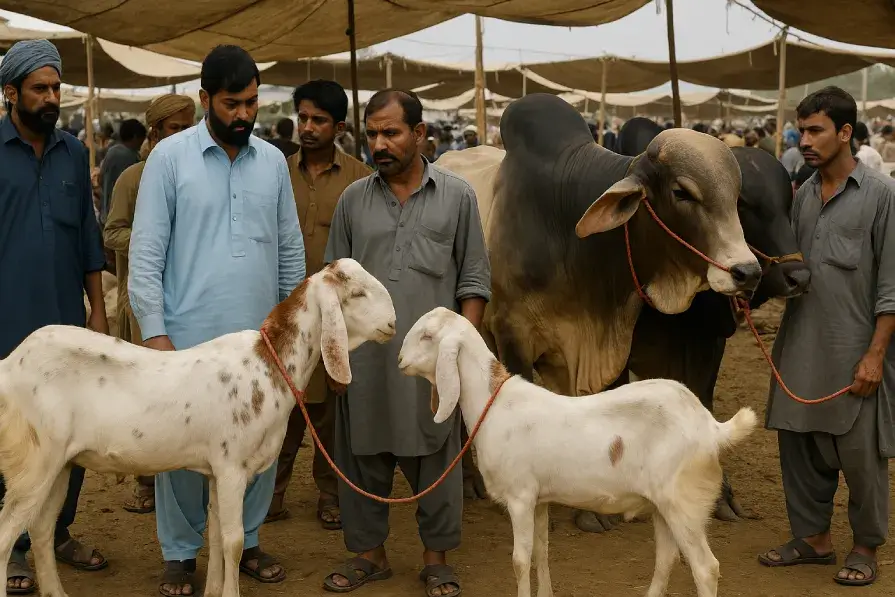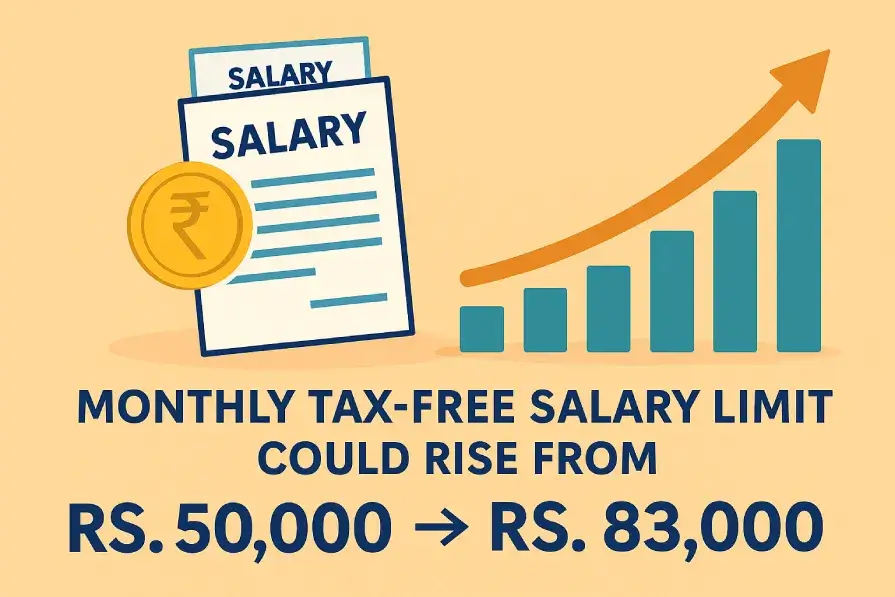Pakistan Extends Airspace Ban on Indian Flights: Regional Tensions Impacting Aviation Industry

According to the government statement, Indian airlines will be banned from using Pakistan’s airspace until June 24, 2025. India has likewise banned Pakistani flights until June 23. Because of this unresolved airspace dispute, Indian airlines are now facing many difficulties.
Aviation Industry Hit Hard by Airspace Closure
The long closure of airspace is causing big problems for the aviation sector in India. For flights headed to Europe, the Middle East and the United States, Indian airlines are now being routed with more stops and at greater expense such as Air India, IndiGo and Vistara.
Traveling great distances requires more fuel, more time from the crew and means there are more airport stops which all lead to rising costs. By mid-May 2025, the cumulative loss for Indian airlines caused by the diversions reached ₹8 billion or about $96 million.
Operational Disruptions and Passenger Inconvenience
Compared to past years, following the airspace rules is making it much harder to arrange flights. Access to Pakistan for flights is now much more limited and because of this, delays, cancellations and changing schedules have become common. Indian airlines are losing customer trust because passengers are waiting longer on flights and facing surprise delays.
Because summer holidays are currently in full swing, travelers are booking trips in huge numbers. Indian airlines are not able to serve that many passengers well due to the present limits in airspace.
Pakistan’s Limited Impact
Although changes are heavy for Indian airlines, Pakistan’s aviation industry is not affected as much. The reduced number of flights by Pakistan into and from India has helped PIA avoid major disruptions.
Because the impact is unbalanced, it helps explain why one-sided results may occur from such choices.
Political Backdrop to the Airspace Ban
The new airspace ban was announced after growing international disputes linked to reports of military aircraft near the Line of Control (LoC) in early May. Afterward, both sides have taken belligerent actions, leading to alike restrictions on aviation and trade.
These rules which each nation describes as vital for safety, also demonstrate their political strength. Yet, the largest impacts are seen among people and industry, rather than on airports or airplanes.
Economic Fallout and Trade Barriers
What happens to one industry can spread to the rest of the economy. The longer routes taken by India’s cargo companies have caused costs to go up and deliveries to be delayed. Because of this, pharmaceuticals, perishables, textiles and e-commerce have seen similar issues.
People are also feeling higher fares due to greater fuel prices which means foreign travel is pricier for middle-class fliers.
Industry Reactions and Expert Opinions
Experts in aviation and finances are urging immediate diplomatic talks to end the conflict over airspace. Ravish Bhandari, an aviation strategist, says these geopolitical problems make Indian airlines less competitive as the rest of the world’s aviation sector begins to recover from the effects of the pandemic.
It is also worrying to international aviation bodies that regional clashes might harm air traffic paths around the world. ICAO has requested India and Pakistan to safeguard open civil aviation in any political situation.
Future Implications: What Lies Ahead?
If airspace restrictions persist after June, Indian carriers might have to make permanent changes to their flying plans around the world. Airlines might have to talk through agreements with other countries, put in place new ticket pricing methods and work on better ways to use airplane fuel as the costs rise.
Besides, should the dispute become more serious, activities in tourism, hospitality and encouraging foreign investments may face similar problems, mainly in cross-border projects.
Public Sentiment and Social Media Response
The response among the public in the two countries has not been consistent. Many citizens are in favor of their country’s stand on pride and independence, yet some people feel distressed by how political stress keeps them from traveling freely.
Many Indian netizens took to social media, discussing the hashtags #EndAirspaceBan and #OpenSkies after recent events. Both sides are being encouraged by many to engage in dialogue and increase contacts between ordinary people.
Conclusion: A Call for Dialogue and Resolution
Even though they were not directly involved, many people in South Asia suffer daily as a result of the political dispute shown in the Pakistan-India airspace ban. Because there are rising costs, tougher daily operations and greater public anger, there is now an especially strong need for more diplomacy.
Though people are concerned about security, both countries should evaluate these risks alongside how much the added security will cost for businesses, travelers and economies. Getting airplanes back in the sky between the countries could be a way to start building peace in the region. Until now, South Asian skies are closed and the effects continue to take flight.









